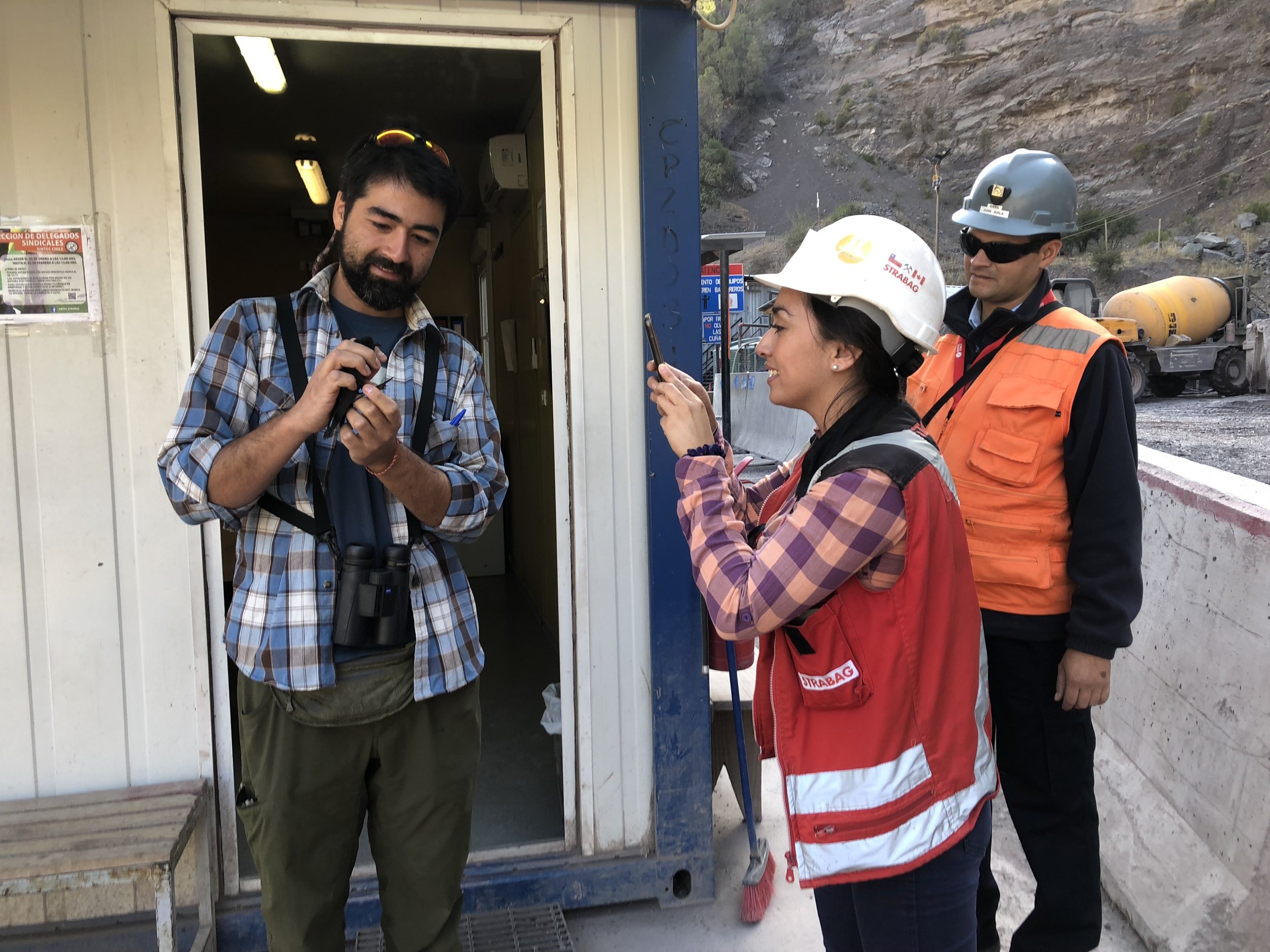Searching for Storm-Petrel Nests in Chile
The Bird Conservation Fund is working to raise $6,050 to help Red de Observadores de Aves y Vida Silvestre de Chile (ROC) expand its search for breeding sites for Ringed (Hornby’s) and Fueguian Storm-Petrels.
Humboldt's current waters are among the most productive seas in the world, supporting a high level of biodiversity and a unique community of fauna. In terms of seabirds, the coast and pelagic area of Chile and Perú are known as a hotspot for breeding and foraging species of cormorants, boobies, penguins, shearwaters, albatross and petrels.
A few years ago, four species of storm-petrels related to Humboldt’s current were among the least known seabirds in the world. This group included species for which almost nothing about their breeding was known, being classified as Data deficient by IUCN Red List. In the last eight years, a team of the chilean NGO ROC has made relevant discoveries regarding these species, including the finding of the first breeding colony in the world for Ringed (Hornby’s) Storm-petrel and the largest part of the breeding population for Markham’s Storm-petrel, among others. After finding and noting the threats affecting these species, the efforts of the team were focused on conservation, resulting in the update of national light pollution policy and the building of a conservation plan following open standards. As a counterpart, the efforts in searching new breeding sites decreased, but there is evidence that some breeding areas last undiscovered. This project aims to get back the attention to the search of new colonies, based on the experience acquired during the first searching stage and taking into account the new evidence suggesting the breeding of Ringed (Hornby’s) Storm-petrel in a completely new habitat and Fueguian Storm-petrel high in the Andes mountain range.
ROC will undertake these field expeditions between January and April 2022.
Read about their work as reported in the Atlantic or an article in Ardea.





